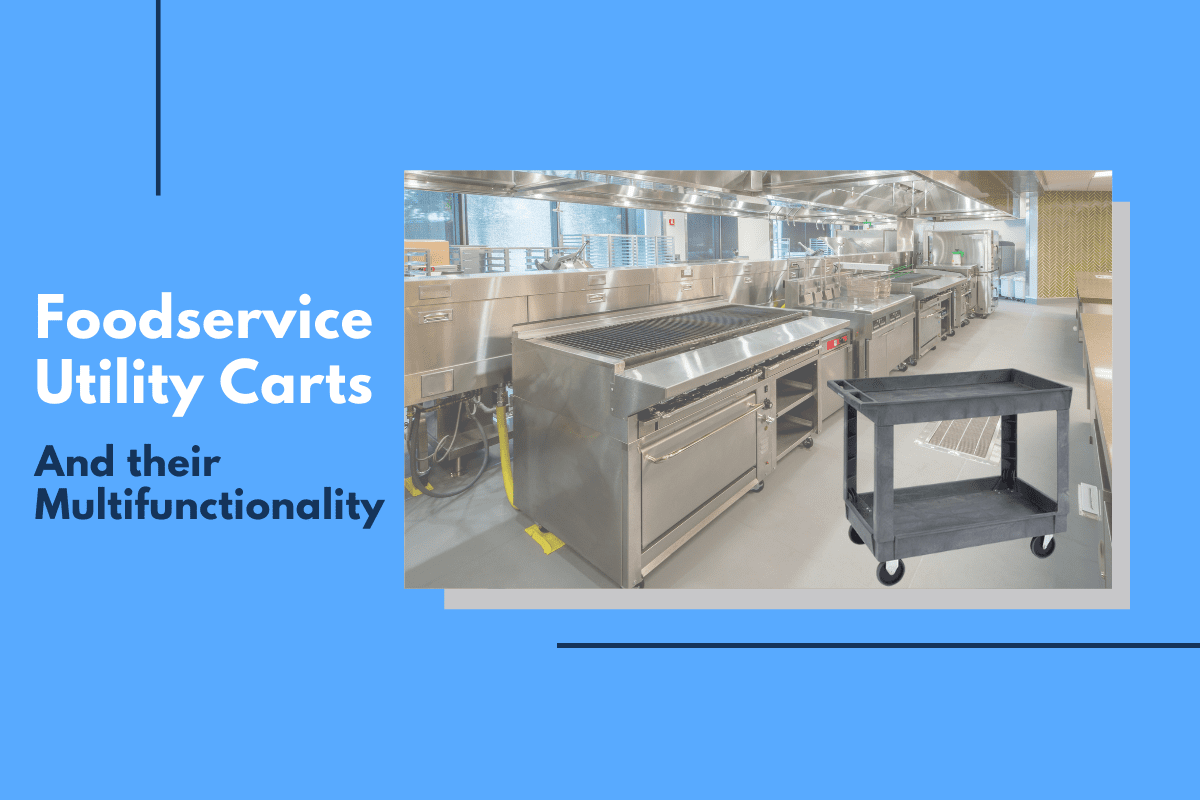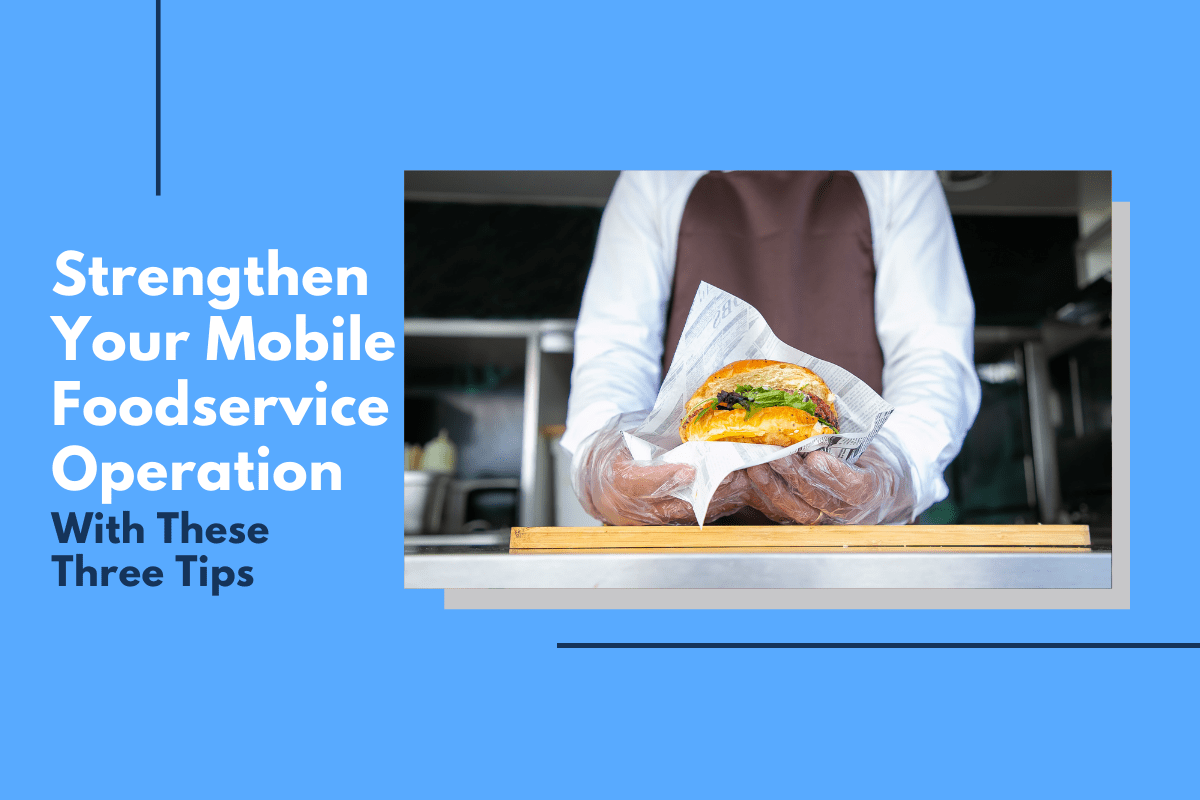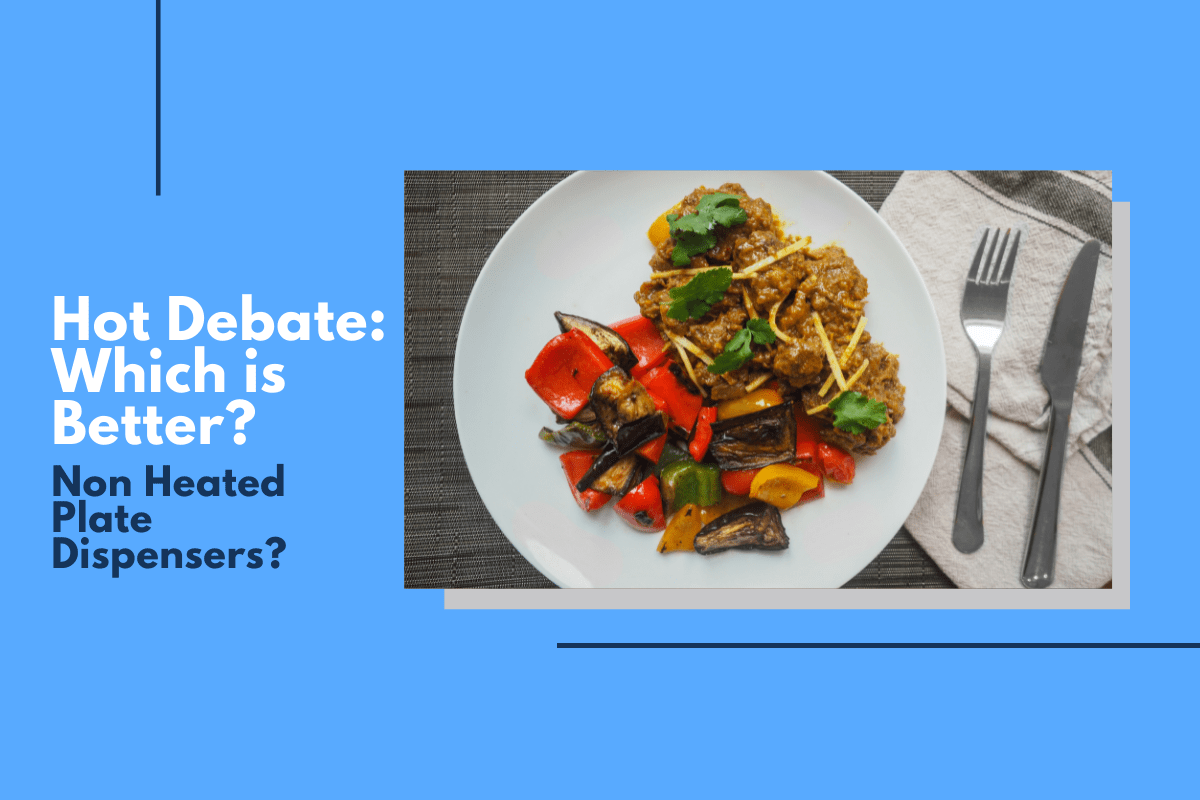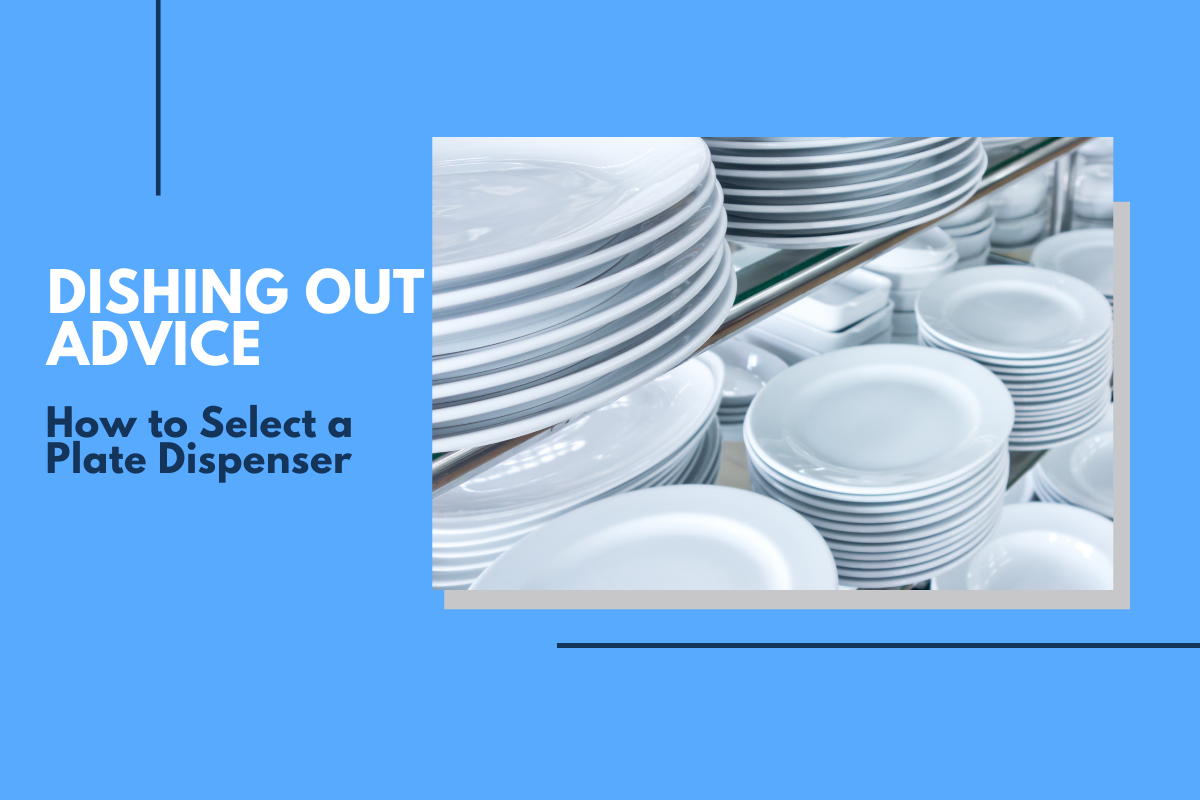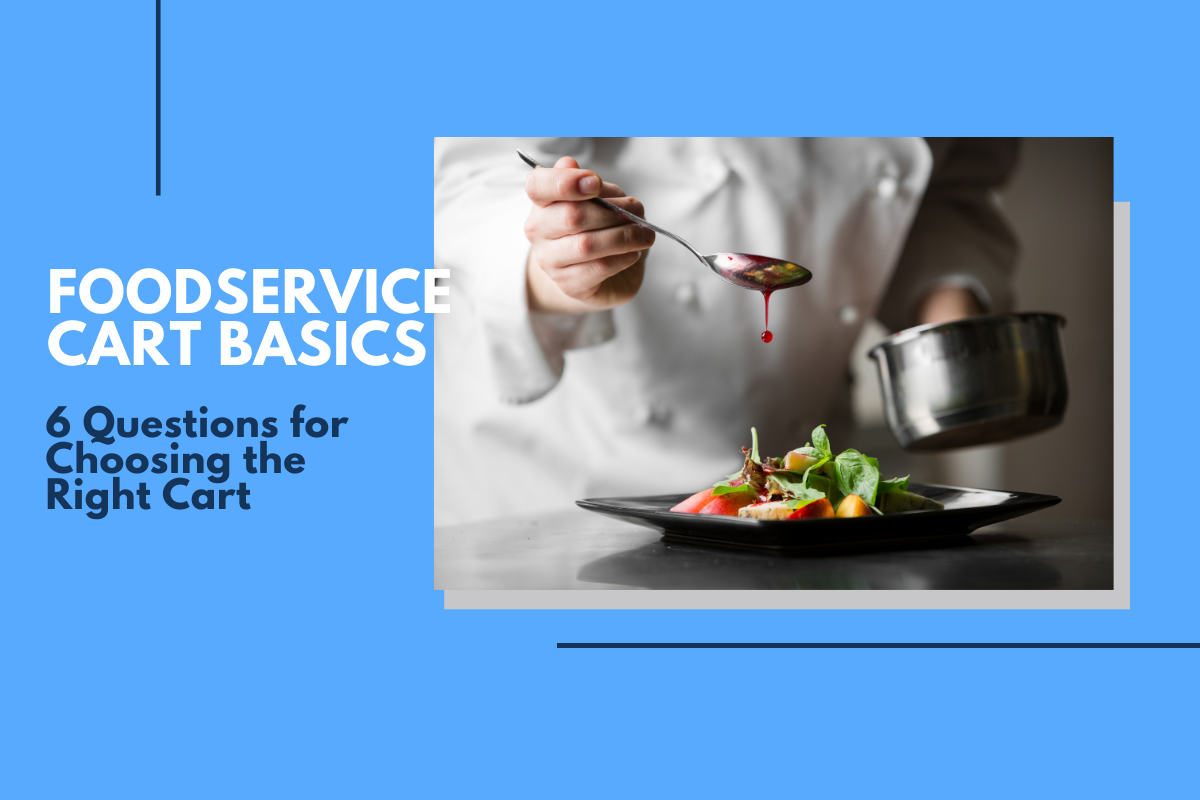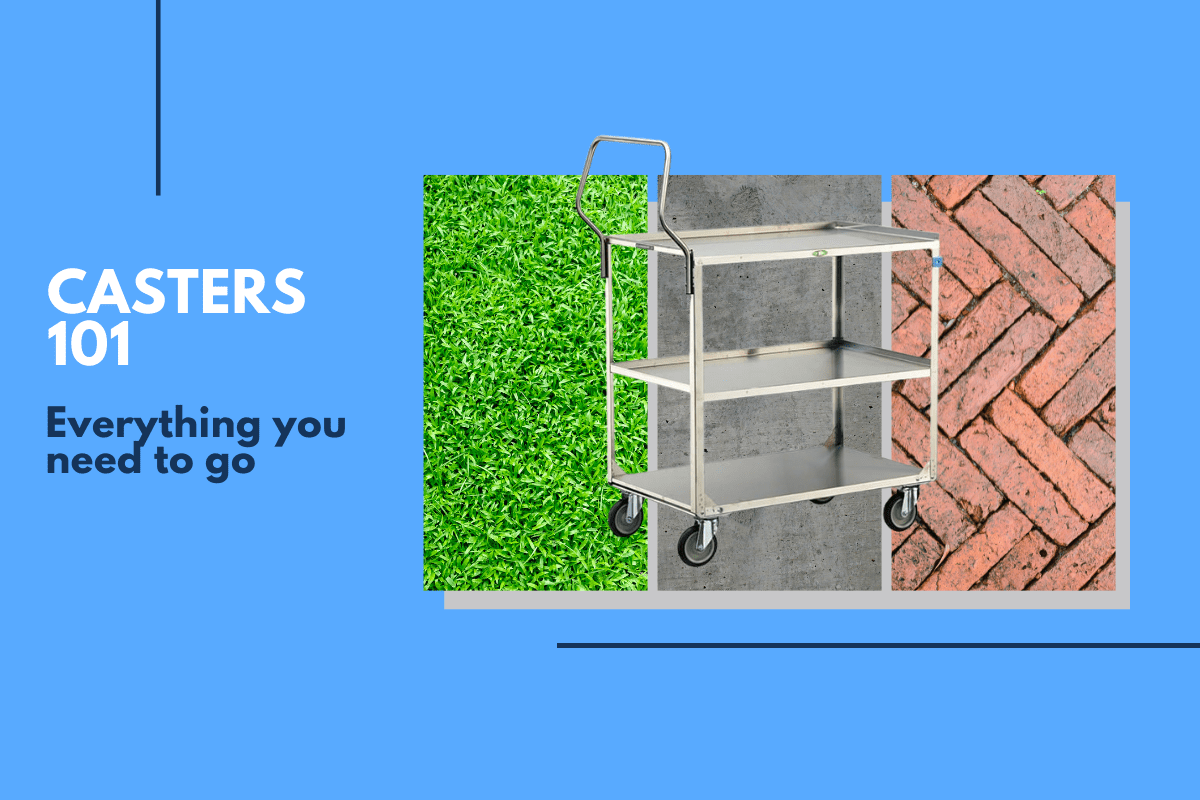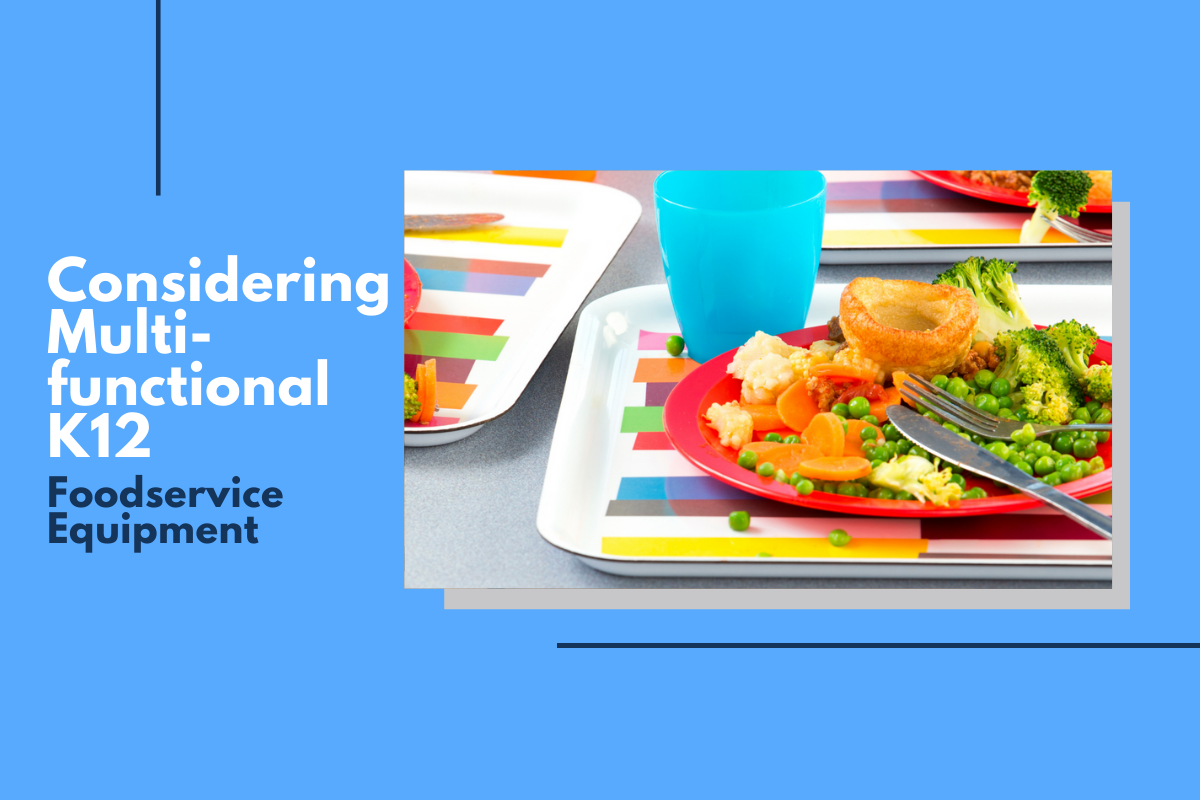The right foodservice cart can be a huge asset for any type of foodservice establishment. While different types of operations will certainly have different sets of challenges and solutions, as a general best practice, it’s important to ask a series of questions before determining which cart is right.
Let’s go through them one by one.
What are you serving?
The first question to ask is what’s on the menu? This will have a huge impact on the type and capabilities of the foodservice cart needed to execute successful service. Things to consider are the need for refrigerated merchandising, warming, or even a potential menu board. Will grab-n-go food and beverages be available? What you’re serving will impact how it’s served. Volume is also important. This will potentially impact the size of the serving station and features like shelving and storage. Lakeside has a wide variety of utility carts with different weight capacities that can be used in various operations offering the perfect solution.
Where are you serving it?
A foodservice cart can be stationary, or it can be mobile. If you’re looking for versatility through mobility, a traditional serving line or a permanent kiosk won’t work. Decide whether or not you want to move the point of service around the property or the establishment, and then select serving carts that support those goals. Consider the space and terrain, as well. If the cart will be used in a hilly area with inclines, it might be appropriate to consider a motorized cart with brakes.
Who are you serving it to?
This is where the type of operation enters the equation. Are you serving coffee to staff and guests in a local hospital? Students on a college campus? Sandwiches outside a hotel conference room? No matter how you look at it, the customer will always dictate how food and beverages are distributed, which will impact the selection of a foodservice cart.
What should the cart look like?
Appearance and aesthetics tie into the type of operation and the end customers, too. If a serving solution is located in a fancy ballroom, the expectation is that it should have a certain elevated appeal that matches the décor of space. If it’s a coffee cart in a local high school, it should have a more spirited, durable appearance. Yes, we first eat and drink with our eyes, but in most cases, before we get to look at the food, our first impression is of where the food is being served. With Lakeside’s wide selection of utility carts, you’ll be sure to find the perfect cart for your operations.
While different types of operations will certainly have different sets of challenges and solutions, as a general best practice, it’s important to ask a series of questions before determining which cart is right.
Who is staffing it?
We’re in the midst of a national labor shortage in just about every type of industry. Foodservice has been one of the hardest hit. Now more than ever, when selecting a food and beverage serving cart, it’s also important to consider staff. Questions to ask are: How easy is it to clean a unit? Is maintenance difficult? Is it easy to transport the station across the property? Essentially, usability is a key component when selecting a foodservice cart.
How durable does your foodservice cart need to be?
Every cart should be well-made and durable, but on a deeper level, how rigorous will its usage be? For example, does the type of material matter? Would steel be better than rubber? Should the cart have bumpers because it’s being maneuvered in high-trafficked areas with lots of obstacles. Select a foodservice cart for durability if it will be subjected to severe usage.
Now that you have your answers, what do they mean?
The first step is to consider and compile answers from the questions above, as they will dictate the type of foodservice cart you need. The harder part can be interpreting those answers. That’s where the team at Lakeside and our family of brands can help. Schedule some time with us to go over these six considerations, and we can help you locate the foodservice cart that makes the most sense for your desired goals.
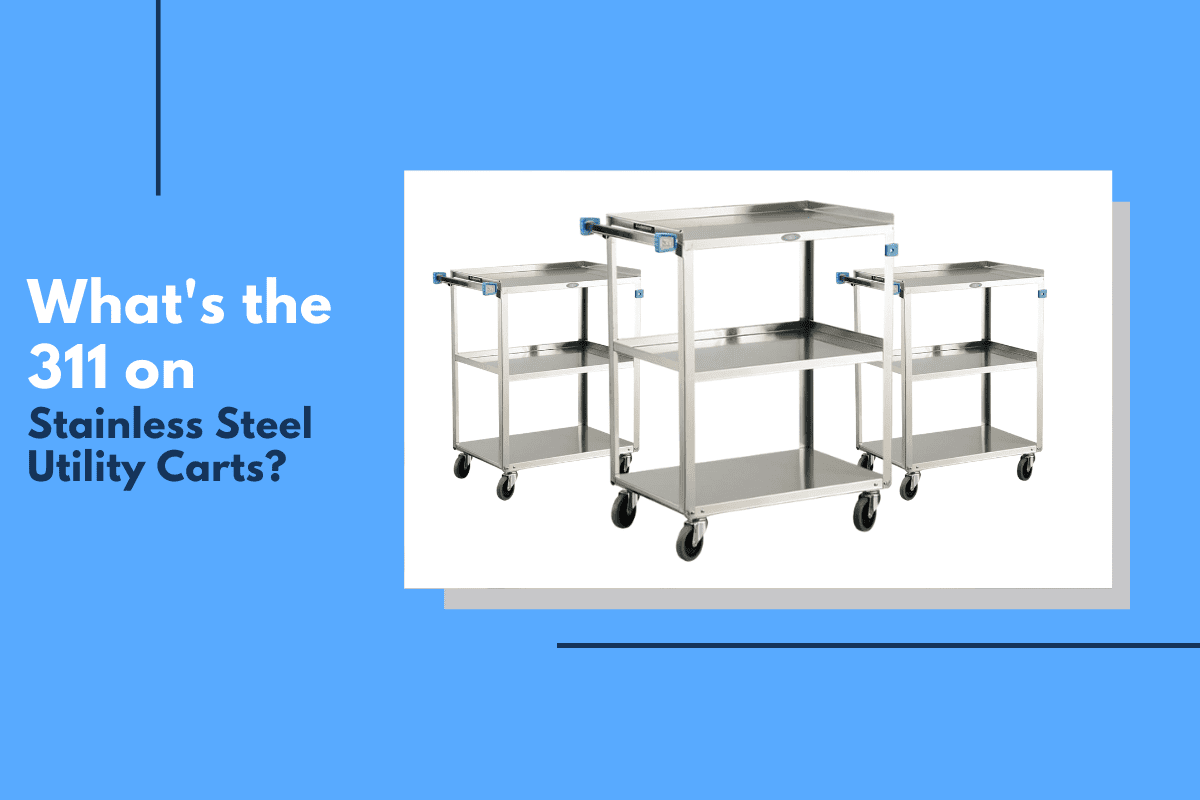
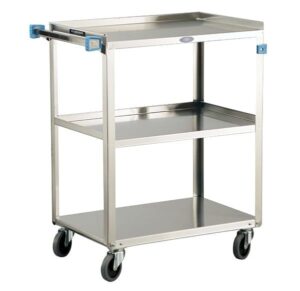 The 311 Utility Cart is the very first stainless steel Lakeside utility cart design, and it’s still very popular today. Made for both back-of-the-house and front-of-the-house service, the 311 Utility Cart is ideal for bussing, service set-up, usage as a tray or soiled dish station, and can even serve as a light-duty transport and storage cart over even floor surfaces.
The 311 Utility Cart is the very first stainless steel Lakeside utility cart design, and it’s still very popular today. Made for both back-of-the-house and front-of-the-house service, the 311 Utility Cart is ideal for bussing, service set-up, usage as a tray or soiled dish station, and can even serve as a light-duty transport and storage cart over even floor surfaces.
